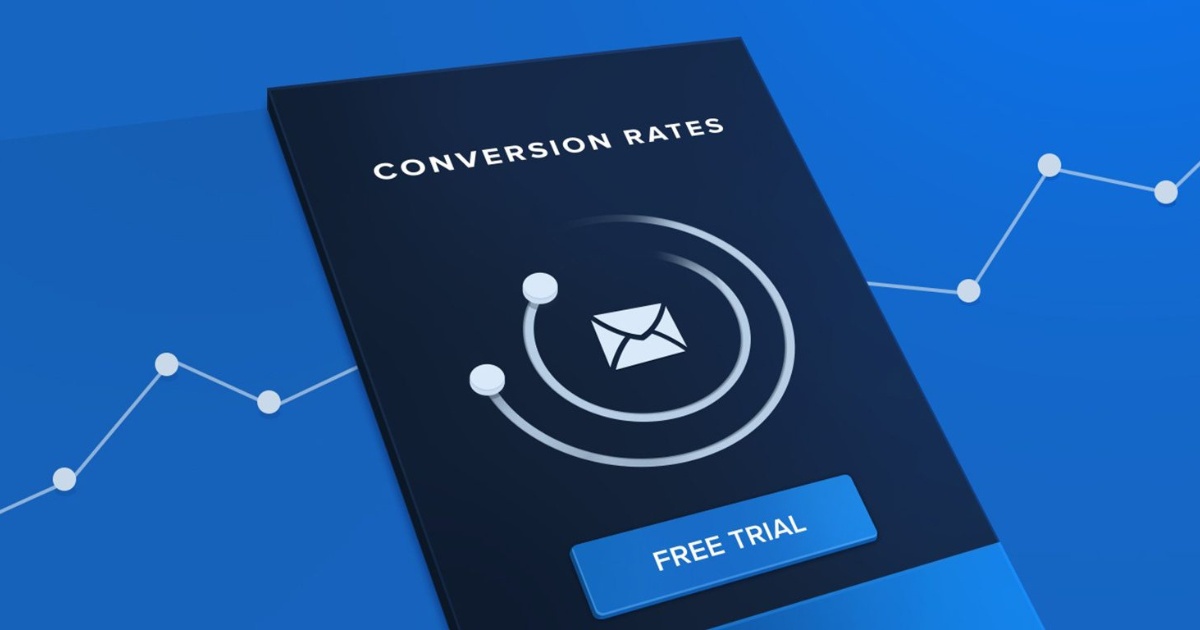
SaaS Free Trial Conversion Rate: How To Calculate & Benchmarks
In the competitive landscape of the SaaS industry, a well-optimized free trial is a cornerstone of successful customer acquisition. Converting

SaaS Free Trial Conversion Rate: How To Calculate & Benchmarks
In the competitive landscape of the SaaS industry, a well-optimized free trial is a cornerstone of successful customer acquisition. Converting
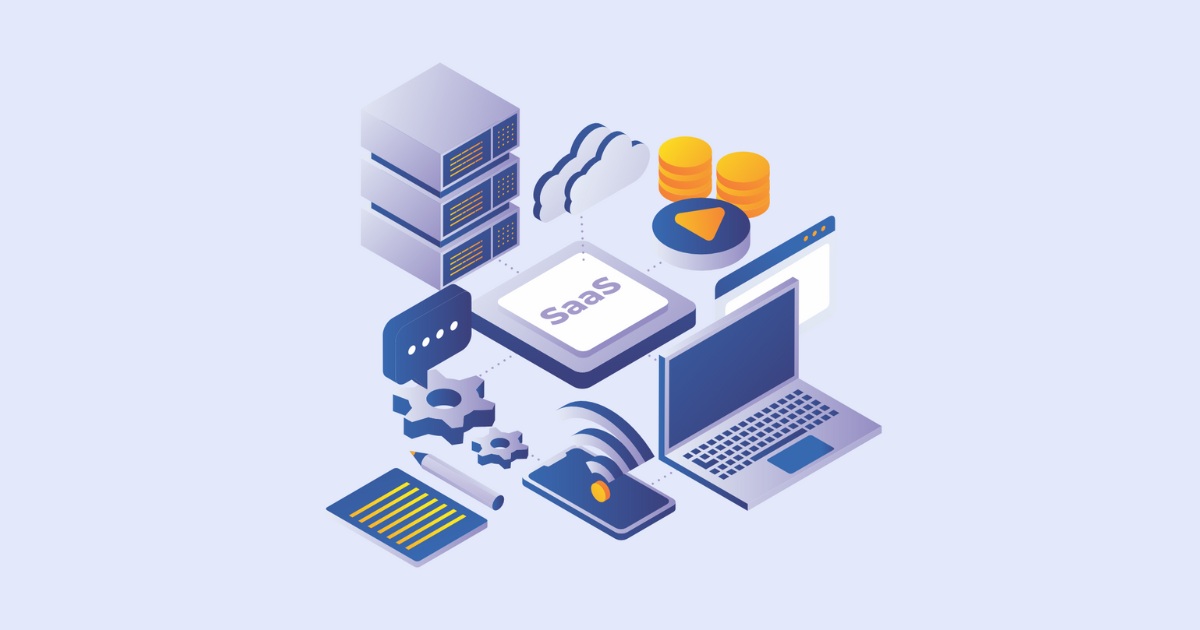
SaaS Free Trial: Strategies, Metrics & 15 Best Practices For 2025
Are you looking to grow your SaaS product? VH-info knows a SaaS free trial can be a game-changer for customer

SaaS CAC: How To Calculate And 2025 Benchmarks By Industry
For SaaS companies, understanding customer acquisition cost (CAC) is vital. Customer acquisition is the process of gaining new customers for
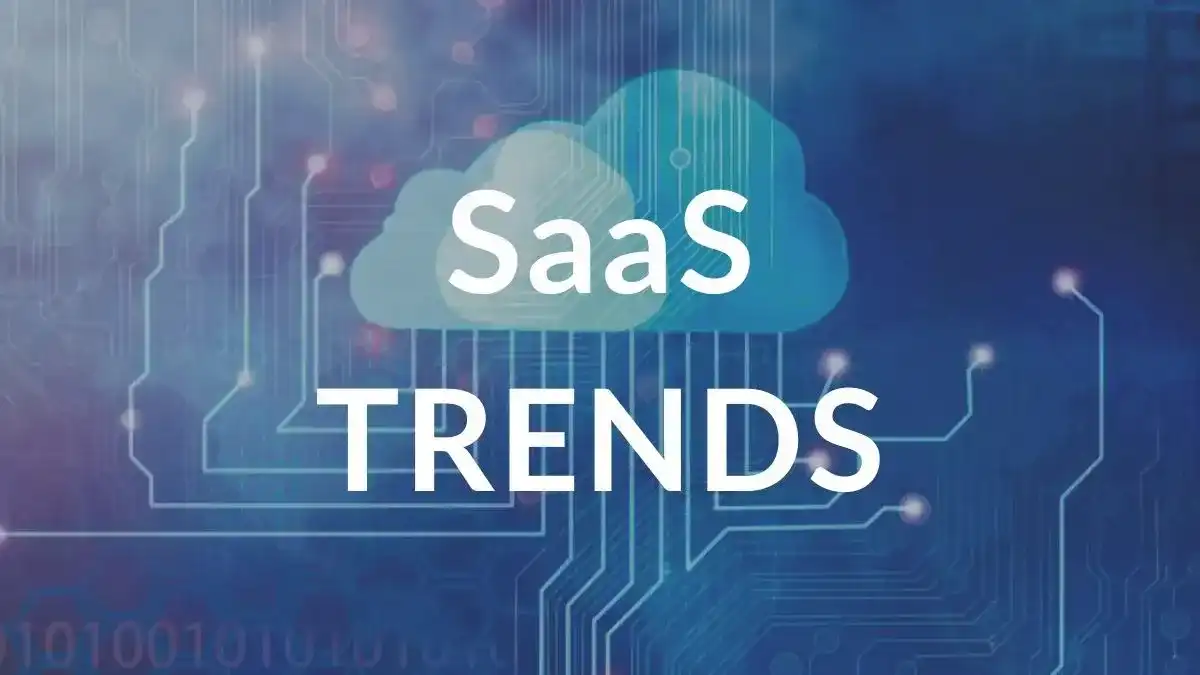
Top SaaS Trends To Watch in 2025: Insights For SaaS Industry
The SaaS industry continues to evolve at a breakneck pace, reshaping how businesses operate and deliver value. As we step

SaaS Skills: What Companies & Employers Look For In Applicants?
At VH Info, we take pride in helping SaaS companies refine the skill set needed to thrive. A competitive edge
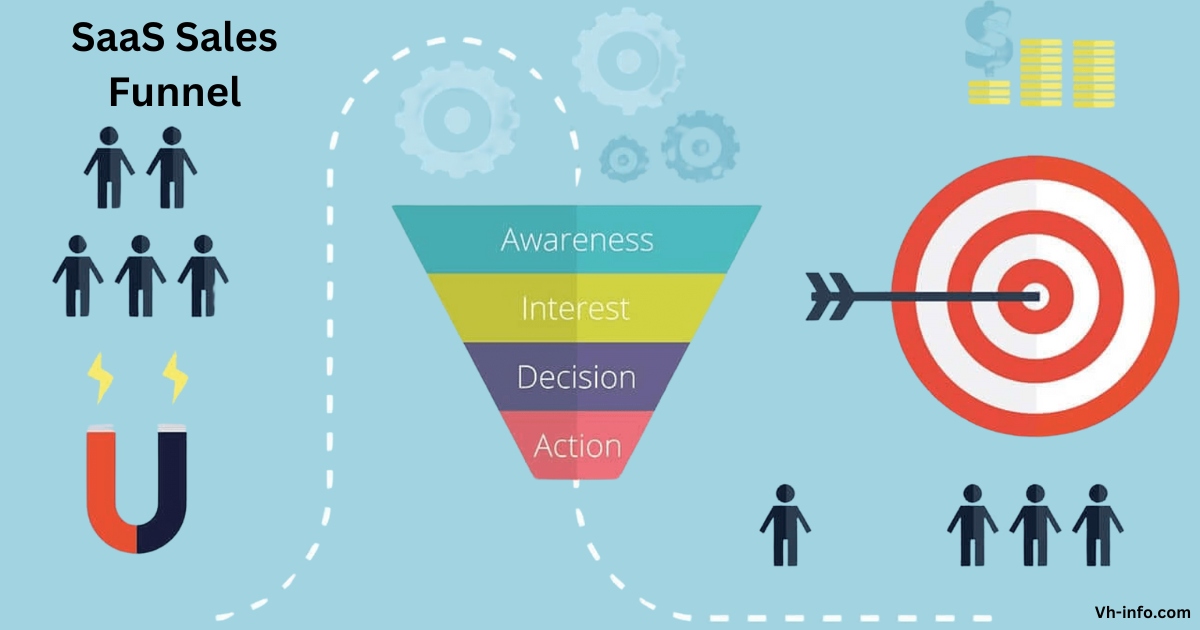
SaaS Sales Funnel Mastery: Convert Leads Into Paying Customers
In the competitive SaaS industry, a well-structured sales funnel is essential for driving conversions and fostering long-term customer relationships. A
What is a SaaS Business Intelligence Solution & How Does it Work?
In today’s fast-paced digital era, businesses need to use data effectively to maintain a competitive advantage. SaaS business intelligence (SaaS
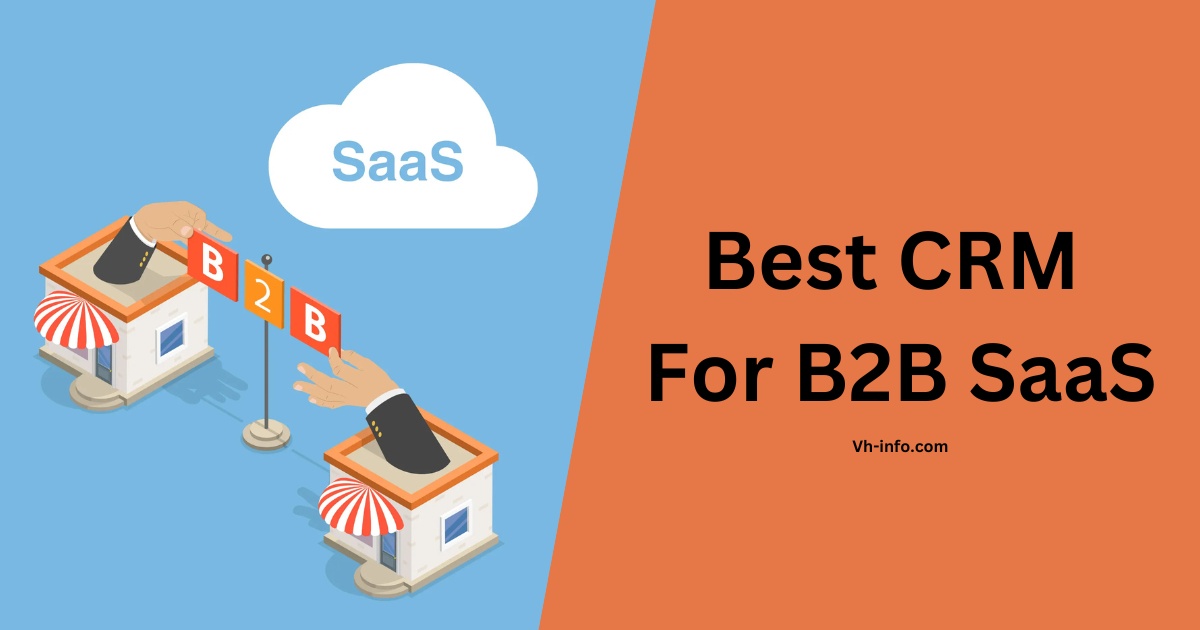
15 Best CRM For B2B SaaS in 2025 (Top Picks)
Selecting the best CRM for your B2B SaaS business is a pivotal decision that can significantly impact customer relationships, lead
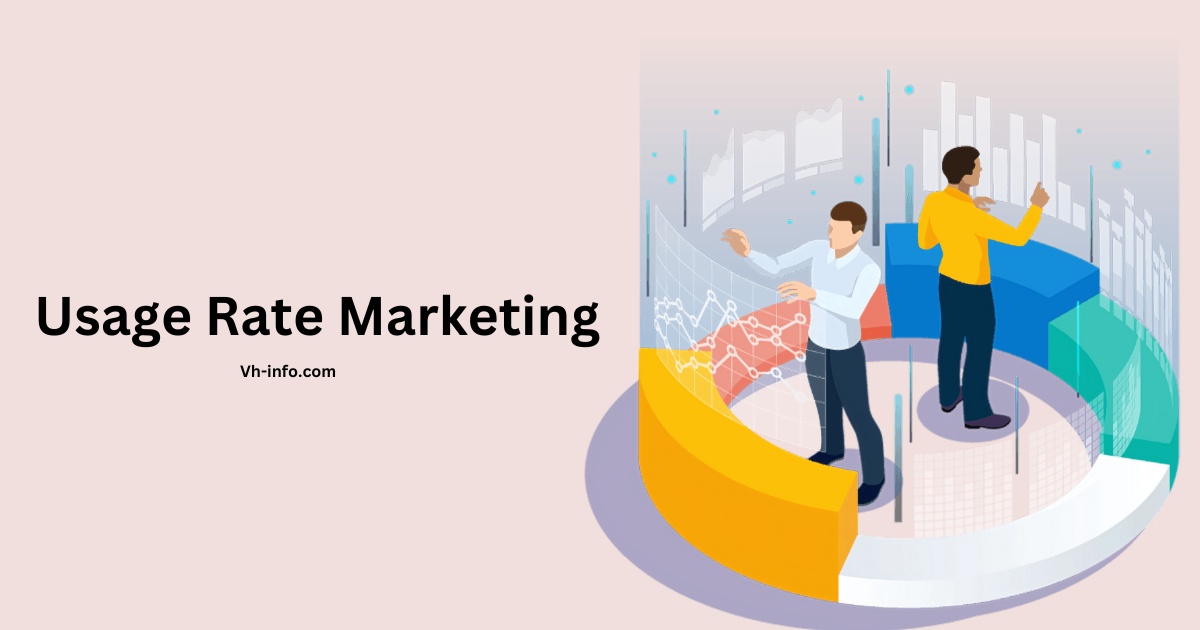
Usage Rate Marketing: Usage Rate Segmentation in SaaS & Best Tools
Many SaaS companies invest significant marketing efforts to draw much customers, yet some face challenges in keeping those individuals active
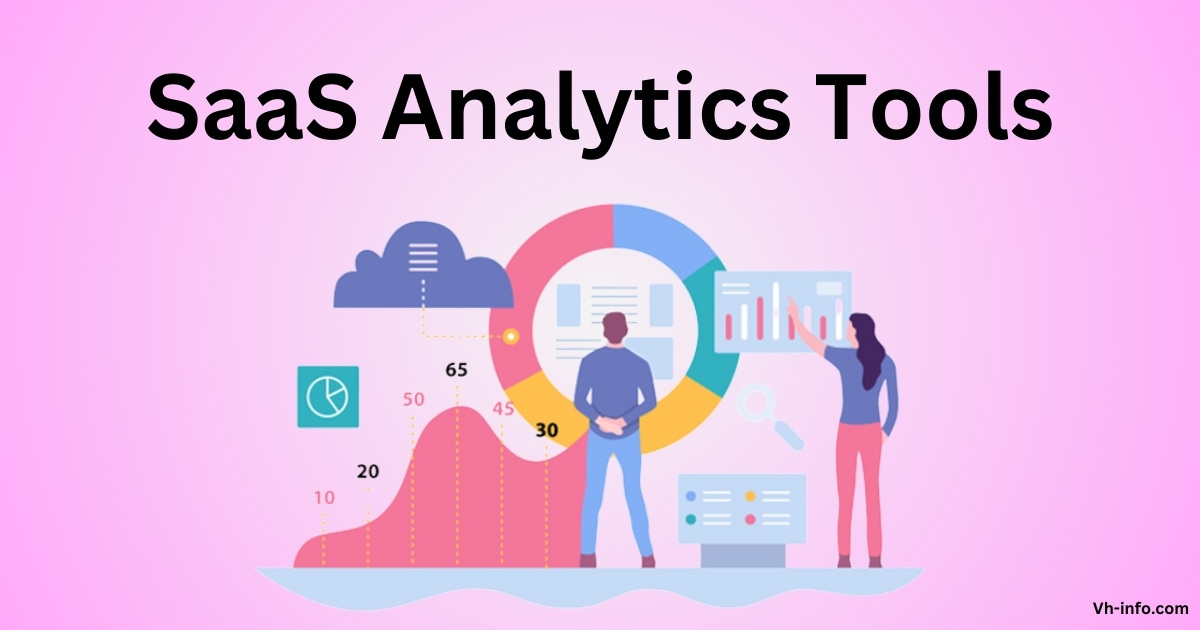
Our Best SaaS Analytics Tools To Help You Build A Better Business
In the fast-paced world of SaaS businesses, data is the backbone of decision-making. Harnessing the power of SaaS analytics tools
WHAT WE
3rd floor, VHinfo, QRXG+CG9 Capital Market, Canal Rd, chokdi, Ravapar, Morbi, Gujarat 363641
VH-info © 2025 | All Rights Reserved